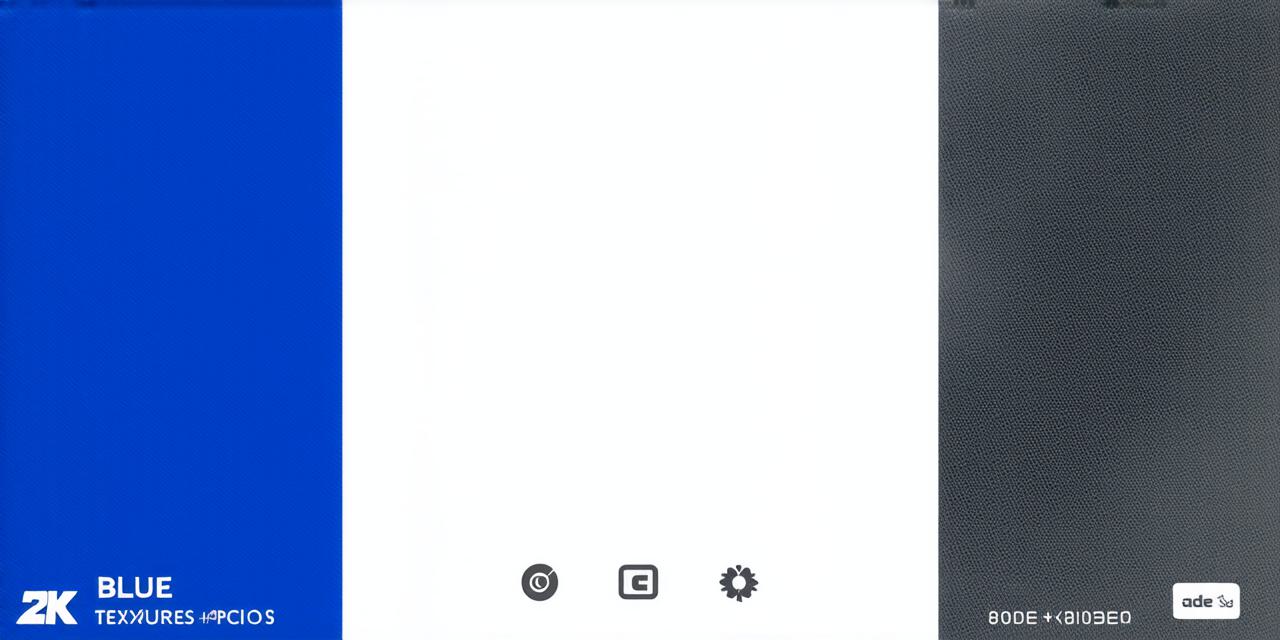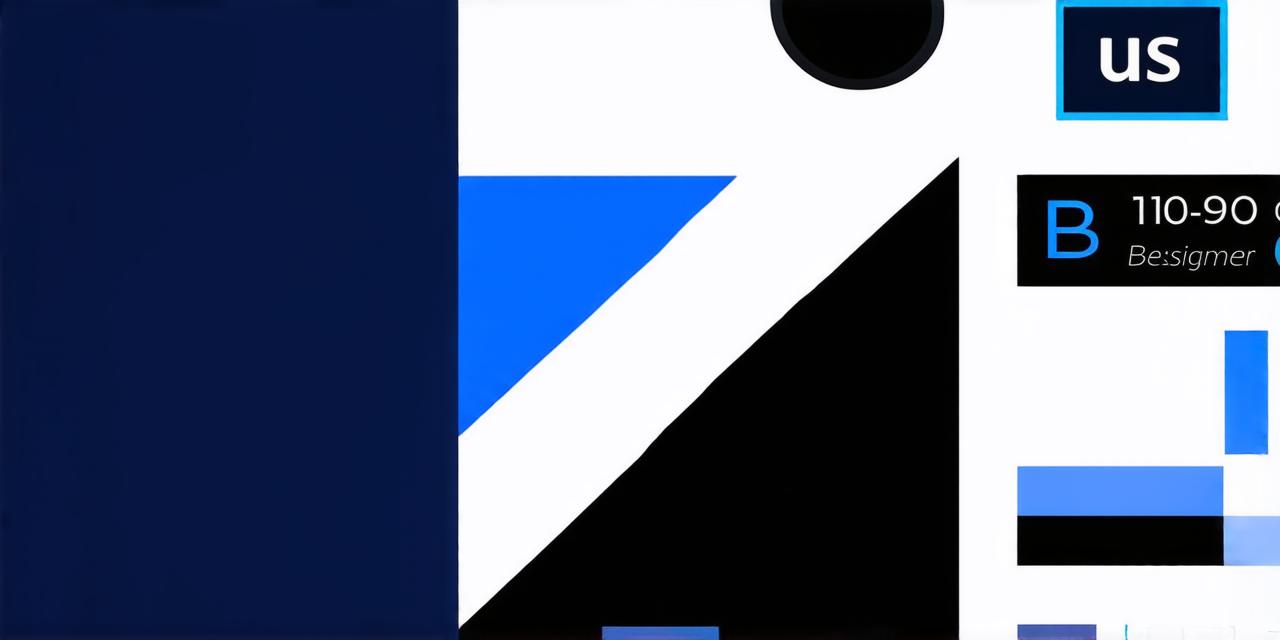<!DOCTYPE html>
What is a Digital Card?
A digital card is a type of interactive content that can be accessed via a web browser or mobile app. It typically includes a variety of multimedia elements, such as images, videos, and text, as well as interactive features like quizzes, surveys, and forms. The goal of a digital card is to engage the viewer and encourage them to take action, whether that be filling out a lead form or making a purchase.
The Benefits of Digital Cards
There are many benefits to using digital cards in your marketing strategy. For one, they can help you stand out from the competition by providing an engaging and interactive experience for your audience. Additionally, digital cards can be customized to fit the specific needs of your business or campaign, allowing you to tailor the content and design to resonate with your target audience.
In addition to these benefits, digital cards are also highly shareable, which means they can help you reach a wider audience and increase brand awareness. This is especially important for businesses looking to expand their reach beyond their existing customer base.
Creating an Effective Digital Card
Now that we have a better understanding of what digital cards are and why they are so beneficial let’s explore the key elements of a successful digital card:
-
The first step in creating an effective digital card is to define its clear purpose. What do you want your audience to do after interacting with the card? Do you want them to fill out a lead form, make a purchase, or simply engage with the content? Having a clear purpose will help guide the design and content of your digital card and ensure that it resonates with your target audience.
-
The design of your digital card is just as important as its content. It should be visually appealing and easy to navigate, with clear calls to action that guide the viewer towards the desired outcome. A well-designed digital card can help capture the viewer’s attention and encourage them to engage with the content.
-
The content of your digital card should be engaging and informative, providing value to the viewer in exchange for their time and attention. This could include educational articles, product demonstrations, or even personal stories that resonate with your target audience. The key is to provide content that is relevant and valuable to your audience, and that encourages them to take action.
-
Interactive features are a crucial component of an effective digital card. These could include quizzes, surveys, forms, or even games that encourage the viewer to engage with the content. Interactive features can help make your digital card more engaging and memorable, increasing the likelihood that the viewer will take action.
-
Finally, it’s important to include clear calls to action throughout your digital card. These should guide the viewer towards the desired outcome, whether that be filling out a lead form or making a purchase. Clear calls to action can help increase conversions and ensure that your digital card is effectively driving business results.

Real-Life Examples of Effective Digital Cards
To help illustrate how these key elements come together to create an effective digital card, let’s take a look at some real-life examples:
HubSpot’s Lead Magnet Builder
HubSpot’s Lead Magnet Builder is a great example of an effective digital card.



